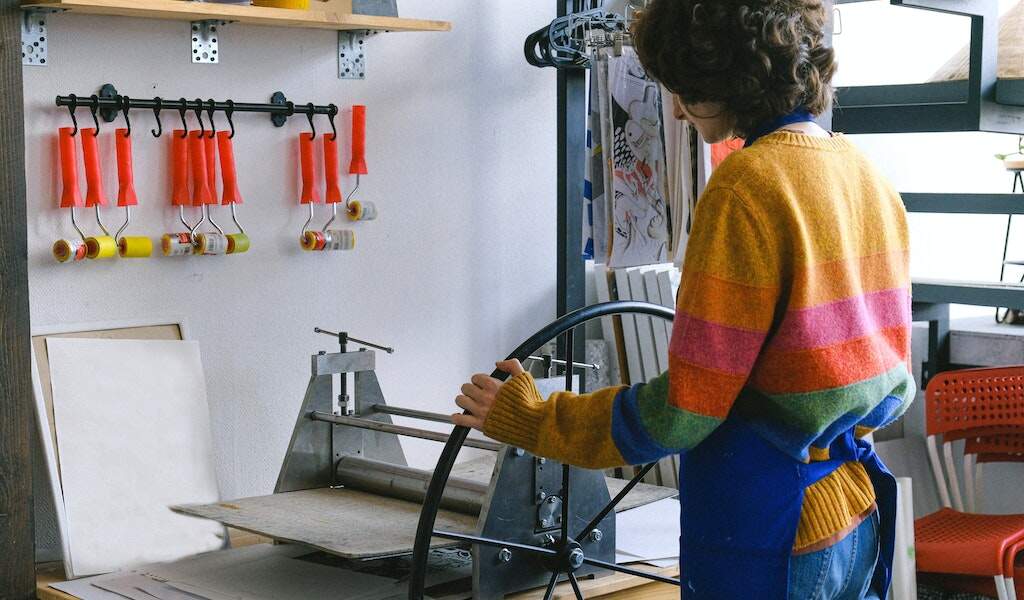Choosing the right binding materials for your project can affect how your finished print piece looks and feels. There are several options available that vary in price and features. Straight and cross-grain bindings have the least flexibility and durability, so if your project will get heavy use, consider using bias binding instead. This type of binding offers more thread coverage on the fold and can stretch around curved edges like armholes and necklines in garments.
Spiral and Wire-O Binding
A business can use different types of binding materials as a marketing tool. One of which is spiral and wire-O binding. Using wire-o or spiral binding is a great way to keep pages together while giving your booklet printing a professional and polished look. This type of binding is ideal for manuals, reports, and more, as it allows for easy page-turning and lays flat when opened. It can also accommodate a variety of page counts and is easy to add or remove pages. With this binding style, holes are punched through the document, and then pre-formed pairs of wire loops that run along a C-shaped unit are inserted into those holes. These loops are then crimped closer together until they form a perfect circle, which binds the cover and pages as an assembly while still allowing them to open freely.
This type of binding is available in various colors and wire lengths, so you can choose the option that best fits your needs. While this type of binding does not offer the same durability as other options, it provides a clean and professional appearance. It is commonly used for presentation documents, handbooks, and calendars but can also be applied to cookbooks, instruction manuals, and training books.
Tape Binding
Unlike spiral or wire-o binding, this style of binding uses tape to hold the pages and cover together. It’s less common than the other two styles, but many of our clients still prefer it for its more polished look. This method also allows for pages to lay flat when open, making it easier for reading and reference. A variety of binding materials can be used for this type of bind. The most popular is bias tape, made from long strips of fabric that are folded with the narrower side facing out and sewed around the edges of a project to finish or bind it. Bias tape can be cut on the bias, which creates a small amount of stretch, or a straight edge, which is more stable but less flexible.
To apply a tape binding, first pin the ends of the bias tape in place on one end of the project you are binding. Ensure that the tape extends past the raw edges by a few inches, then stitch the tape to the fabric with a narrow topstitch close to the edge of the binding. If your machine has an edge-stitching foot, use it to keep the stitching consistently close to the binding.
Perfect Binding
Perfect binding is one of the most popular and cost-effective booklet binding methods for paperbacks, product catalogs, and manuals. Flexibility, soft covers, and rectangular spines characterize the perfect bind technique. The cover stock is typically heavier than the interior book block paper. This helps the book lay flat when open and gives a more professional look. The pages are collated in sections, trimmed and roughed up for optimum bonding with glue, and then glued to the heavier wrap-around cover.
A major benefit of this method is that it does not require holes to be punched and allows for a much higher page count than other binding options. However, the grain of the interior and cover stocks must match for optimal binding. If the grain is not aligned, it can wrap the spine, causing sheets to fall out or even a full section of the book block to separate from the rest.
Trade paperbacks can be produced by stripping the cloth case off a hardcover and then perfectly binding a paperback cover to the existing book blocks. While the perfect binding is the most common method for softcover books, it is also a great choice for photo books, recipe books, and other non-fiction titles with a high page count.
Saddle Stitching
Saddle stitching is a method of bookbinding in which large sheets are folded in half and stapled together along the spine edge. It’s a cost-effective and fast way to bind booklets, zines, and magazines. However, it’s not a durable or long-lasting form of binding. It’s best for short-lived projects like brochures and marketing materials. One downside of saddle stitching is that it only works with page counts and paperweights that are divisible by four. This is because the pages are folded and nested inside of each other, which causes them to stick out further from the cover page. As the page count increases and the paper gets heavier, this effect becomes more pronounced. This is known as “page creep.”
Another important thing to note is that saddle stitching requires an experienced hand. It takes time to master this process, and a little practice can go a long way in creating a beautiful finished product. A common mistake is not being consistent with the thread tension. This can lead to tight and loose stitches. The key is always to pull the thread with the same force and use blunt-tipped needles that don’t pierce or puncture the other threads.

















